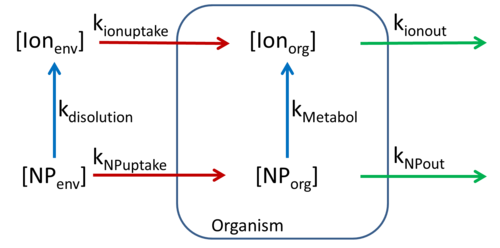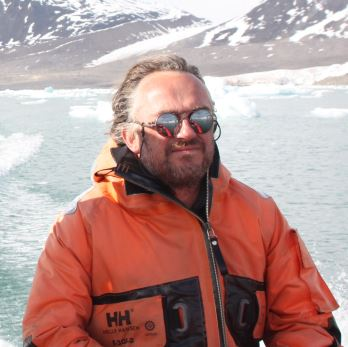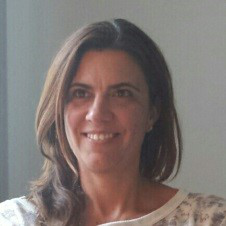WP9
Bioavailability, bioaccumulation and food chain transport
Lead: Nico van den Brink, Wageningen University
The main objective of the work package on biota uptake of nanomaterials is to track the forms and quantity of nanomaterials taken up by organisms, and their potential for bioaccumulation to higher trophic levels. This will be performed in selected species (aquatic and terrestrial), including invertebrate and vertebrate animal species, micro- and macrophytes and micro-organisms. The research will be performed under environmental conditions, e.g. including the effect of ageing of nanomaterials at relatively low, environmentally relevant concentrations. The species are selected to represent a wide array of uptake routes (dermal, intestinal) and habitats (aquatic and terrestrial). Accumulation kinetics will be derived (including both uptake and elimination rates) specific for the different forms of nanomaterials (e.g. ionic versus particulate). In addition to this, the effects that organisms may have on the speciation of the nanomaterials will be studied, e.g. the rates of dissolution in the intestines. This will be studied in state-of-the-art in vitro gut model-systems. Based on mechanistic experiments, both in vitro as well as in vivo, we will deliver quantitative modelling modules on uptake and accumulation to the NanoFASE modelling library. These models will be detailed on the different processes driving the kinetics of nanomaterial accumulation, including potential effects of major environmental variables. Mesocosm studies will be performed to validate the developed models. These mesocosms will include key (invertebrate) species from terrestrial and aquatic ecosystems, with the addition of fish in the aquatic systems.

Conceptual bio-kinetic model describing the uptake, transformation and elimination of nanomaterials in organisms [NPenv]: concentration of particulate form of nanomaterial in environmental compartment, [Ionenv]: concentration of ionic form of nanomaterial in environmental compartment, [NPorg]: concentration of particulate form of nanomaterial in organism, [Ionorg]: concentration of ionic form of nanomaterial in organism, kNPuptake: uptake rate constant of particulate nanomaterial. kIonuptake: uptake rate constant of ionic nanomaterial. kNPout: elimination rate constant of particulate nanomaterial. kIonout: elimination rate constant of ionic nanomaterial. kdisolution: dissolution rate constant in environmental compartment, kmetabol: transformation rate constant in organism
|
Work Package Leader: Nico van den Brink
|
Deputy Work Package Leader: Susana Loureiro
|


